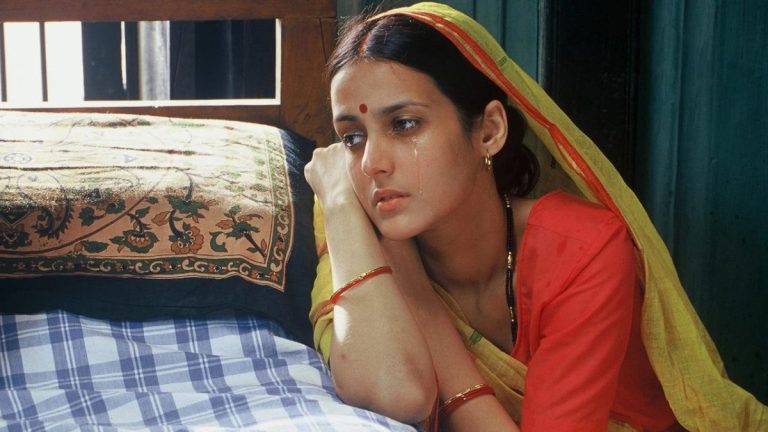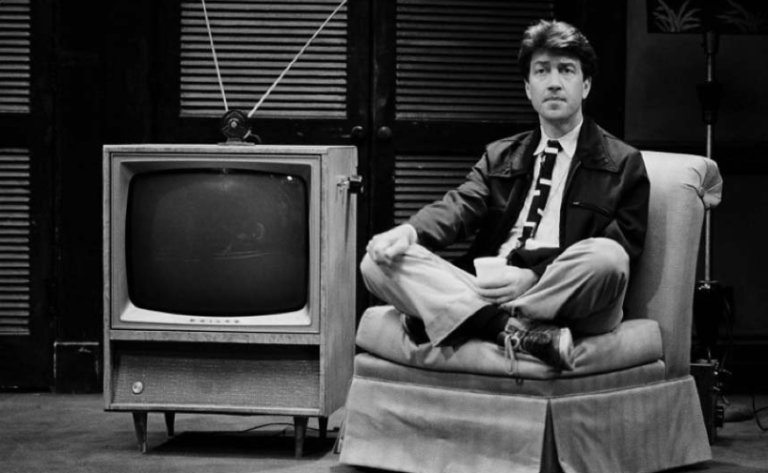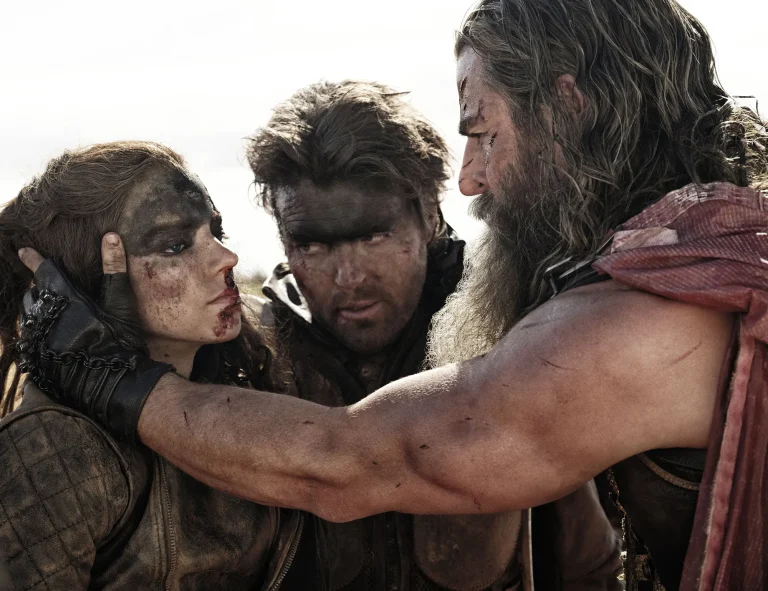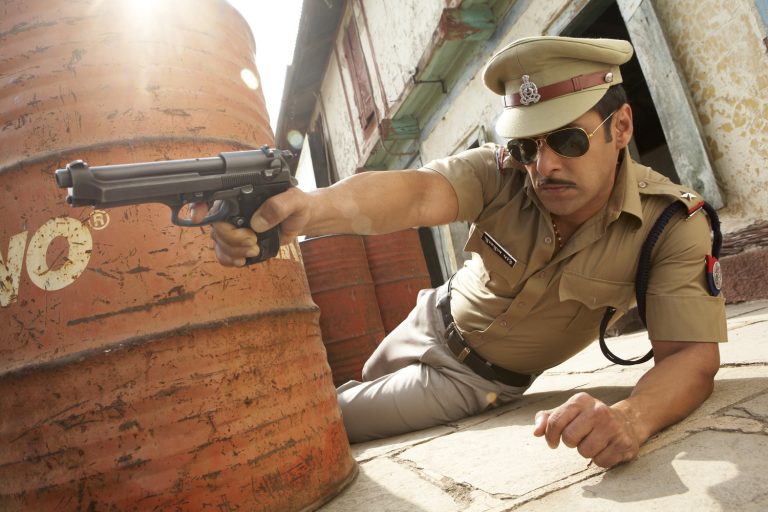‘The Nightmare’ by Henry Fuseli is a household name among art connoisseurs. Such is the notoriety of this Gothic masterpiece that it needs no introduction. In this painting, a lady is sleeping with an incubus crouched atop her chest. A mare (horse), supposedly the vehicle of an incubus, is witnessing the whole act. The painting derives its roots from folklore, referring to evil spirits who descend upon sleeping persons. What does it imply? The interpretations of its hidden symbolism run the gamut from the sexual struggle to sleep paralysis. But true genius lies in its structure rather than its implications.
“The visual image is the common denominator of cinema and painting, and indeed many filmmakers have used the imagery of paintings to shape or to enrich the meaning of their films.”
-Angela Dalle Vacche
‘The Nightmare’ has preliminarily three elements:
- Incubus: The oppressor
In Apocalypse Now, Col. Kurtz spoke of Horror with a face. Perhaps that’s what Incubus is. At first glance, it looks like a lecherous imp imposing his sexual fantasies upon an unsuspecting wench; however, his true intentions remain speculative.
- Woman: The oppressed
The posture of the sleeping woman reflects her condition, her vulnerability, her impotency, and her emptiness. There is also a hint of sexual repressiveness.
- Horse: The observer
What is art without an observer? The role of the horse is often neglected, but it is indeed the key element of the painting.
Let’s call this structure Fuseli’s Nightmarish Triangle. Sounds cool, right? The oscillation between the three focal points creates a strange dynamic and makes ‘The Nightmare’ truly nightmarish. With time, Fuseli’s perverse art has gained cult status and emerged as an icon of horror. The sheer terror of its imagery and the ambiguity of its theme leaves viewers baffled and intrigued at the same time. It has influenced almost every form of art; cinema is no exception.
Here are three movies that heavily draw inspiration from “The Nightmare”:
1. Gothic (1986) | Ken Russell
Ken Russell is perhaps the first filmmaker to re-stage ‘The Nightmare.’ In the disguise of a movie, ‘Gothic’ seems more like a series of twisted visuals loosely stitched together. With its surreal imagery, excessiveness, and inexplicable logic, the movie itself evokes the feel of a nightmare.
A group of bourgeois people confined in a luxurious villa narrate ghost stories to escape boredom. What follows then is truly bizarre. Their worst fears assume a form of an unknown entity. This entity stalks them for the rest of the movie. This is, in a way, an allegory of incubus- an entity formed by our deepest fears.
The reference to ‘The Nightmare’ is very direct here. Mary is under the influence of laudanum drug. She dreams of an incubus squatting on her chest and wakes up in trauma. At a point, the painting itself can be seen hanging on a wall. Though the image in the movie closely resembles the painting, the third component of Fuseli’s Nightmarish Triangle is missing.
2. Blue Velvet (1986) | David Lynch
The Lynchian universe operates on a nightmarish dimension. It is a dimension where reality distorts, only to create something more real than reality itself. It may seem incongruous to link David Lynch’s ‘Blue Velvet’ with ‘The Nightmare’ because, unlike other examples, it isn’t a re-enactment per se, but the whole atmosphere of the movie manifests the painting. They both inhibit the same strange world. The contrast between the luminous facade and its dark side is the crucial point in both works.
Dorothy’s apartment is an archetypal model of Fuseli’s Nightmarish Triangle. Even the color scheme of the room bears an uncanny resemblance to the painting. In this grotesque scene, Frank imposes himself on Dorothy. The freakishness with which Frank torments Dorothy and the passiveness with which she responds to it instantly connects to ‘The Nightmare.’
Here, Frank is an oppressor, the foul-mouthed demon, and Dorothy is oppressed, the vulnerable victim. Jeffery is the third element of Fuseli’s Nightmarish Triangle- the observer. He is hidden behind the closet, witnessing the act of sexual perversion. It also pertains to the theme of voyeurism.
3. Borgman [2013] | Alex van Warmerdam
Much like painting, Dutch filmmaker Alex van Warmerdam’s home invasion thriller is obscenely alluring, undeniably ambiguous, and wickedly amusing. Borgman (2013) is about Camiel Borgman and his mysterious hole-dwelling cohorts. The contrast between an opulent neighborhood and an encircling dark forest is, in a way, symbolic of the radiance of the lady and the evil that surrounds her.
In one of the most disturbing and defining scenes of the movie, Borgman is squatting naked oversleeping Marina while she is having a nightmare. It is one of the most profound re-enactments of ‘The Nightmare’ on screen. The eccentricity of Borgman’s character and his diabolical nature signifies incubus. Marina is, of course, the sleeping lady, and her spouse sleeping beside her-Richard- can be considered a passive observer, the horse.
Note that such a scene appears multiple times in the movie, which may refer to different versions of ‘The Nightmare.’ Interesting thing is, though Borgman arouses longing in Marina, he never engages in a sexual act. He just wants to play. Though ‘The nightmare’ reeks of sexual imposition, it may not be related to sex at all. Well, things are never what they seem to be.
Do you know any other movie references to Fuseli’s ‘The Nightmare’? Let us know in the comments.

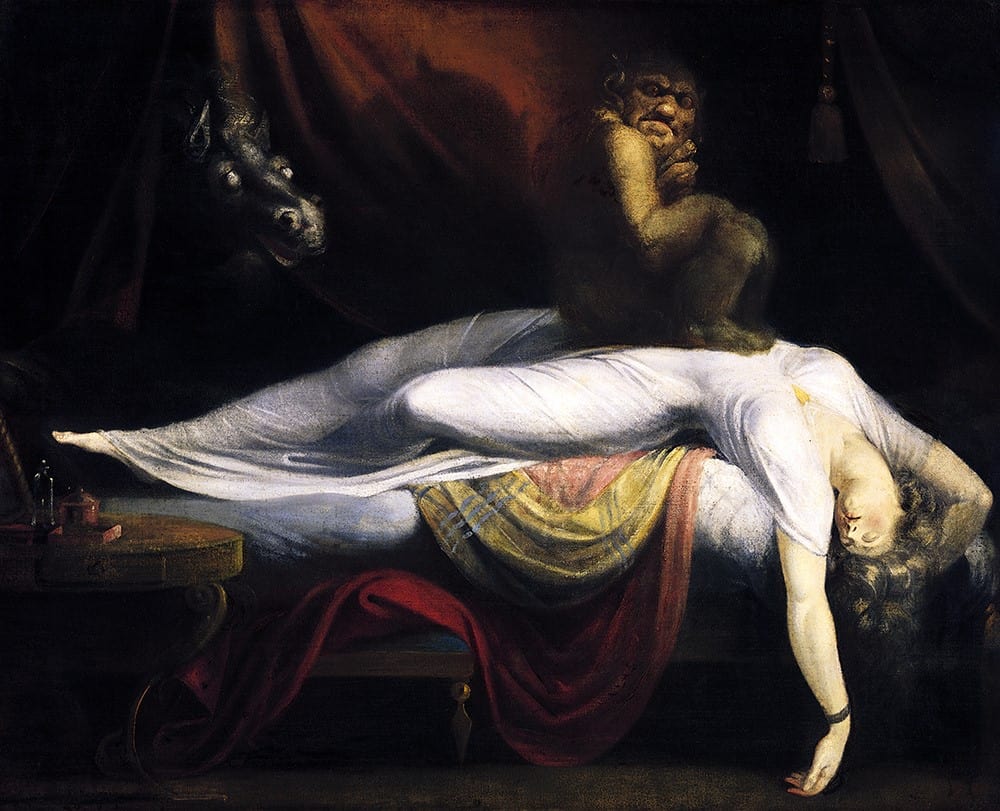
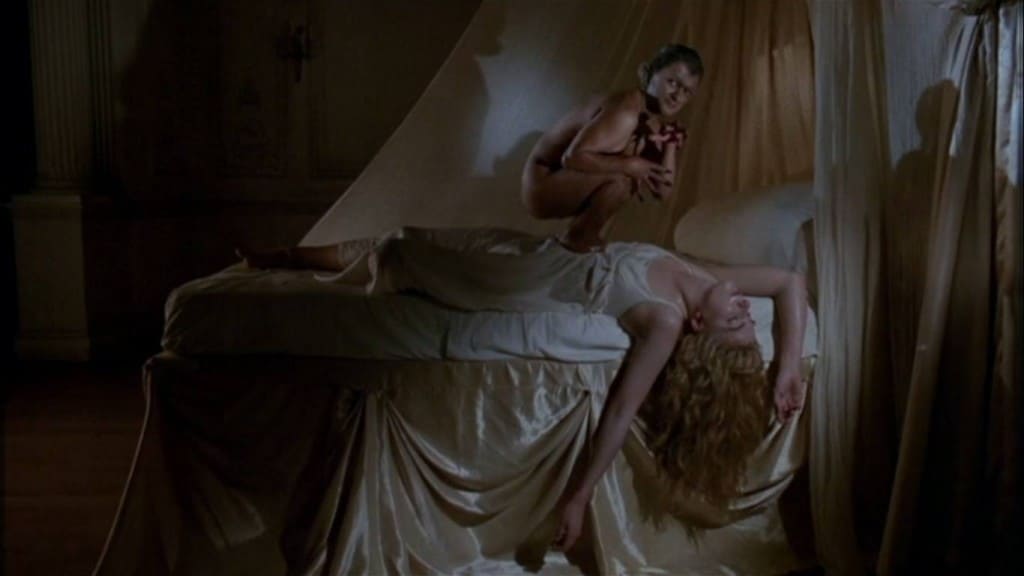
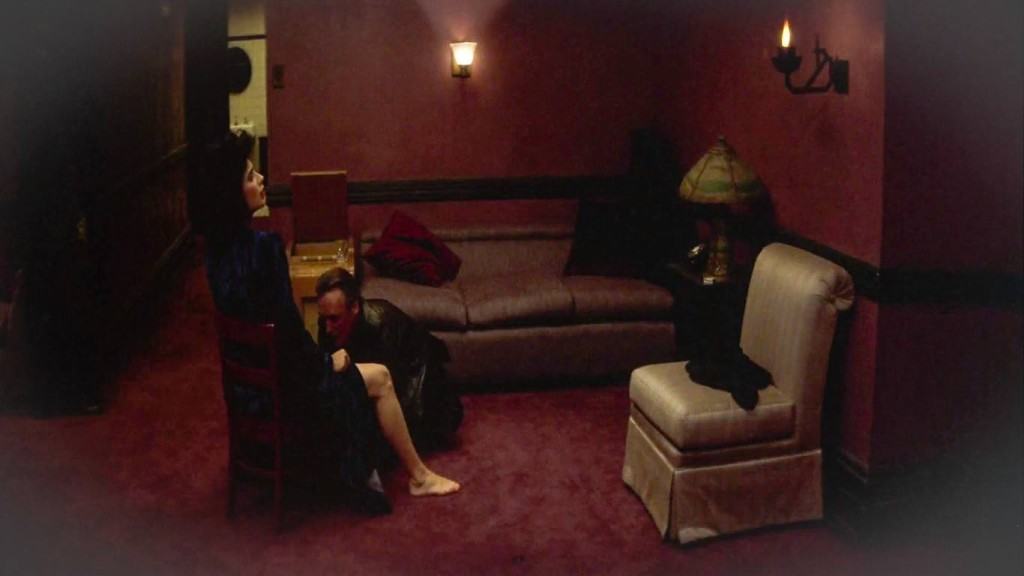
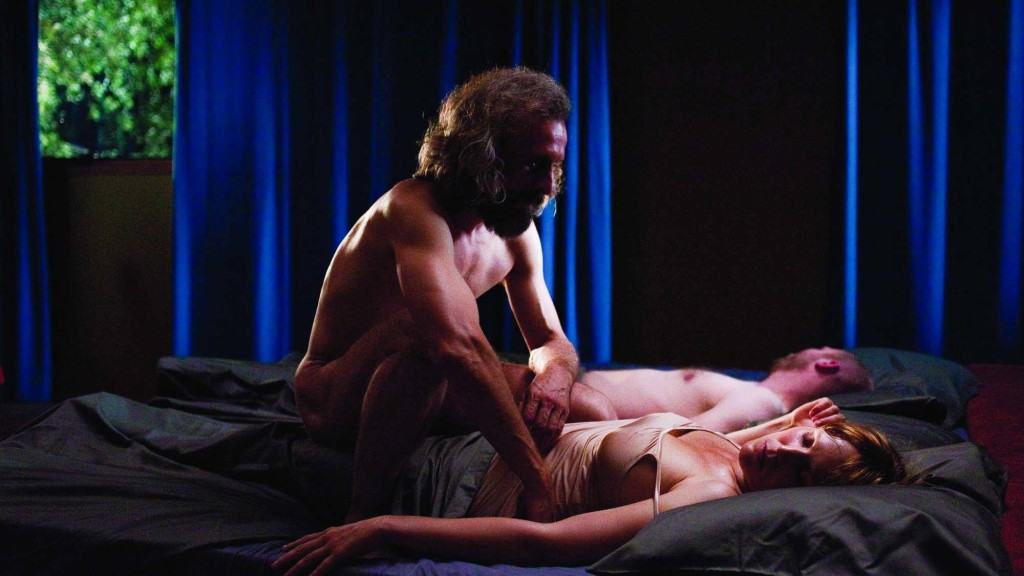
![Why Are We Creative? [2018]: ‘Venice Film Festival’ Review](https://79468c92.delivery.rocketcdn.me/wp-content/uploads/2018/09/WAWC_campfire_Animation-768x540.jpg)
